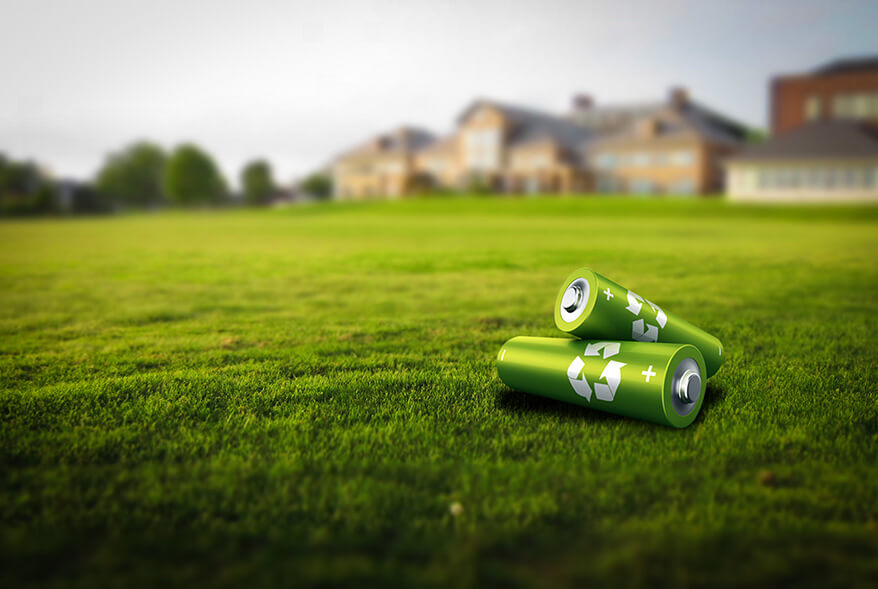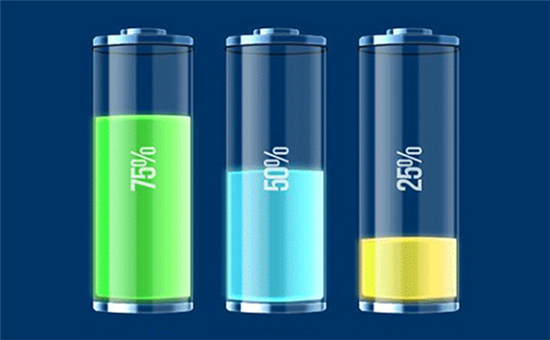Lithium Ion Battery Scrap Prices
Nov 26, 2019 Pageview:4649
Over time, Lithium-ion batteries have become a green technology as they are helping every field of energy in the best possible way. The US Environmental Protection Agency promotes every manufacturer to choose Lithium-ion batteries over other types of rechargeable batteries due to their disposal option.
Yes, as if the regular features of the Lithium-ion batteries were not enough to impress, these are one of the few batteries that can be disposed of and reused. When the lead-based batteries or nickel-cadmium batteries are disposed of, they result in environmental degradation.
Even though handling the Lithium-ion batteries after the end-of-life is a difficult task, still, if they are not handled carefully, it increases the risk for our environment. So, in this article, we are going to learn some useful things about the disposal of the Lithium-ion battery. You will be amazed to know that there are some companies that have made a fortune from the Lithium-ion battery scrap. Interesting, right??
What Is The Scrap Price For Lithium Ion Battery?
All the smart devices that we use in today’s world is composed of Lithium-ion batteries. And just so in case, you didn’t know that the cell phones, laptops, power tools, radio controllers, and some electric car as well contain the Lithium-ion batteries. And as there are even different types of Lithium-ion batteries, they can’t be grouped in the same battery. But if you got the scrap material of a Lithium-ion battery, then you can get a good price for it.
At present, if you are selling a scrap of Lithium-ion batteries, then you can earn up to $1.30/lb in exchange. So, the more material you gather, the more you can earn from a good deed of recycling.
You won’t believe it, but in the year 2015, the companies made a total of $16.6 billion just by recycling the Li-ion batteries. Even the statistics are enough to promote the value of gathering a scrap of these batteries and recycling them properly.
Can You Scrap Lithium Ion Battery?
As the global demand and supply of the Lithium-ion batteries are increasing, the materials used in them are also getting expensive. The most expensive component of the Lithium-ion batteries is Cobalt. And even Lithium metal is getting scarce with every battery we manufacture. Every year, billions of Lithium-ion batteries are discarded due to one reason or another. Hence, salvaging precious metals makes economic sense.
The scarping process is merely another word for recycling. Humans have a habit of saving things that can earn us something. And fortunately, you can get something in return for a scrap of Lithium-ion batteries. As the Lithium-ion batteries are not as toxic as the Lead-acid batteries, there is no urgency of the disposal.
If you look up in the market, you will realize that the cost of collecting, sorting, and shipping a scrap of Lithium-ion batteries exceeds the original scrap value. So, this might be a relevant deal for you.
The good news is for the manufacturers as the recycling cost of the elements used in Lithium-ion such as cobalt is lower than the mining of new materials. And the time has come when we start looking out for the future. Our planet is in urgent need of attention and it is only us that can save it. Hence, recycling is our best chance to keep our resources preserved.
The good thing about Lithium-ion battery disposal and recycling is that it helps us to extract useful metals such as Copper, Aluminum, and more active materials, i.e. Cobalt and Nickel. To prevent the future shortage of these materials along with Lithium, we must enable a sustainable life cycle for them. Some other potentially valuable materials such as Graphite and Manganese are also obtained from the recycling process. The steps that are followed for recycling involves:
1.Deactivation and discharging of the battery properly.
2.Disassembling the battery system.
3.Sorting the useful pieces and crushing the other ones. It also involves the sieving process.
4.The electrolyte is recovered as well.
5.The hydrometallurgical process to extract the metals from their ores.
6.The pyrometallurgical process extracts the metals from their oxide state.
You must be thinking that if recycling a scrap of Lithium-ion batteries is that important, then why there are not many companies that do it. It is because of the specific dangers that are associated with the Lithium-ion battery recycling process. The risks include electrical dangers, chemical dangers, burning reaction, and the chemicals reacting with each other as well.
One of the most complicating factors is the sensitivity of the electrolyte metal to water. The Lithium hexafluorophosphate can react with water and form Hydrofluoric Acid. And to carry out all these tasks, you need lots of heavy machines and a huge amount of energy. That’s why; you don’t see many recycling companies as the process can be carried out only by experts.
What Percentage Of lithium ion batteries Are Recycled?
You must be wondering one other thing that is it the whole battery that can be recycled or there is still some waste produced. Well, currently, the average recycles rate of Lithium-ion batteries is at 50%. But the companies are trying their best to increase this rate.
The good thing is that the recycling rate for Electric Vehicle batteries is at 80%. So, all the scarce metals go back into circulation and create a sustainable solution for everyone. There are some debates going on relating to the Lithium extraction from the batteries as the Scientists believe that in the upcoming years, the resource would reach its end and the Lithium that is being extracted would be of no use. Another reason to avoid lithium extraction is that it cost 5 times more than the mining of lithium metal from the Earth.
If the scientists are able to find energy-saving and effectively recycle solution for Lithium-ion batteries, then it will reduce the carbon footprint in them significantly. Hence, the lithium-ion batteries would be able to last longer for a while.
- Prev Article: Demystify Cell Phone Lithium Battery Care
- Next Article: How Much Lithium is in an Electric car Battery?
Leave Message
Hottest Categories
-
Hottest Industry News
-
Latest Industry News











